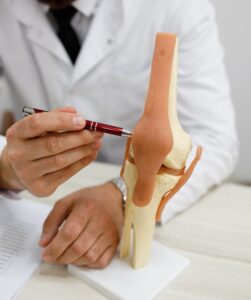
Our knee joints, versatile in motion, are susceptible to injury. With frequent and stressed movements over the years, joint suffering and knee pain can arise. The good news is that there are minimally-invasive options for helping to relieve chronic knee pain, including Knee Pain Treatment Gel Injection.






